- Appearance of an ant
- Functions of the insect limbs
Relaxing in the woods or sitting on a bench by the house, you can see nimble little insects that on their paws run somewhere all the time, carry something, rush to important matters, developing good speed. How many limbs do these hard workers need to have to do such work tirelessly day after day. Involuntarily one wonders about how many legs an ant has.
Structure
Ants belong to the superfamily ants, order Hymenoptera. Body sizes range from 3-30 mm, depending on the climatic zone. The largest species Amaze with their appearance. The family consists of three castes: males, females and working individuals. In males and females there are wings; working ants do not have such an organ. The history of insects begins from the time of the dinosaurs. Millions of years passed, the dinosaurs became extinct, and the ants, which had a primitive structure, survived and survived in two species with 3 pairs of legs, regardless of size and habitat.
The ant's body is divided into three distinct segments. The extremities of the insect are attached to the middle part, called the chest, consisting of three sections, to which 6 legs are attached.
Interesting!
Despite all the changes that have occurred to them over a sufficiently long period, the number of paws of the ant has remained the same, that is why they differ from their counterparts: ticks, spiders and crustaceans.
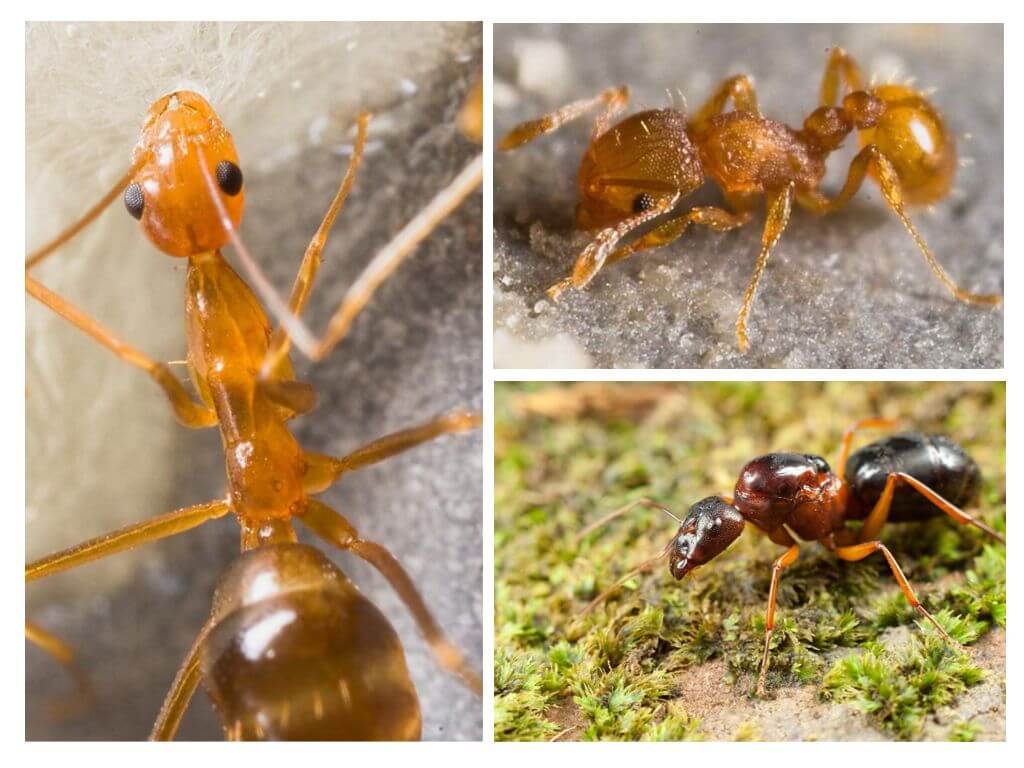
The front legs are more developed, located in the upper part of the chest and have a special adaptation in the form of a brush, the hind legs have spurs. The leg of the ant is divided into 3 parts: the thigh, lower leg and foot, ending in the claw.
Functions of the insect limbs
Each pair of legs at the ant performs certain tasks. With his front legs with a brush, he cleans the antennae and other legs, while his back fights against strangers. Claws of their legs, clinging to a minimum surface roughness, the insect can crawl up and down on any material, including glass, which is not available to cockroaches.
All 6 legs of the ant are used to transmit signals by the smell that appears as a result of the production of strongly smelling pheromones by special glands located on the legs of the insect. This smell serves as a guide for other members of the family. The more ant legs run this way, the more noticeable is the direction for the entire community.
Interesting!
Interesting fact was recorded as a result of research. If an ant accidentally closes its path with a more recent trail, it will start running in a circle. His brothers, following the smell, will also run in a circle, and so on until exhausted. This can lead to the death of the family if there are no other more noticeable landmarks along which the ants will change direction.
The legs of the ants are very strong. They put them wider than the plane of the body, so they withstand and carry the load 20-50 times greater than their own weight. This phenomenon is easily explained in terms of physiology. The cross section of the muscles changes disproportionately with a decrease in body size, hence the ratio of muscle mass to body weight in an ant is much higher than in humans.
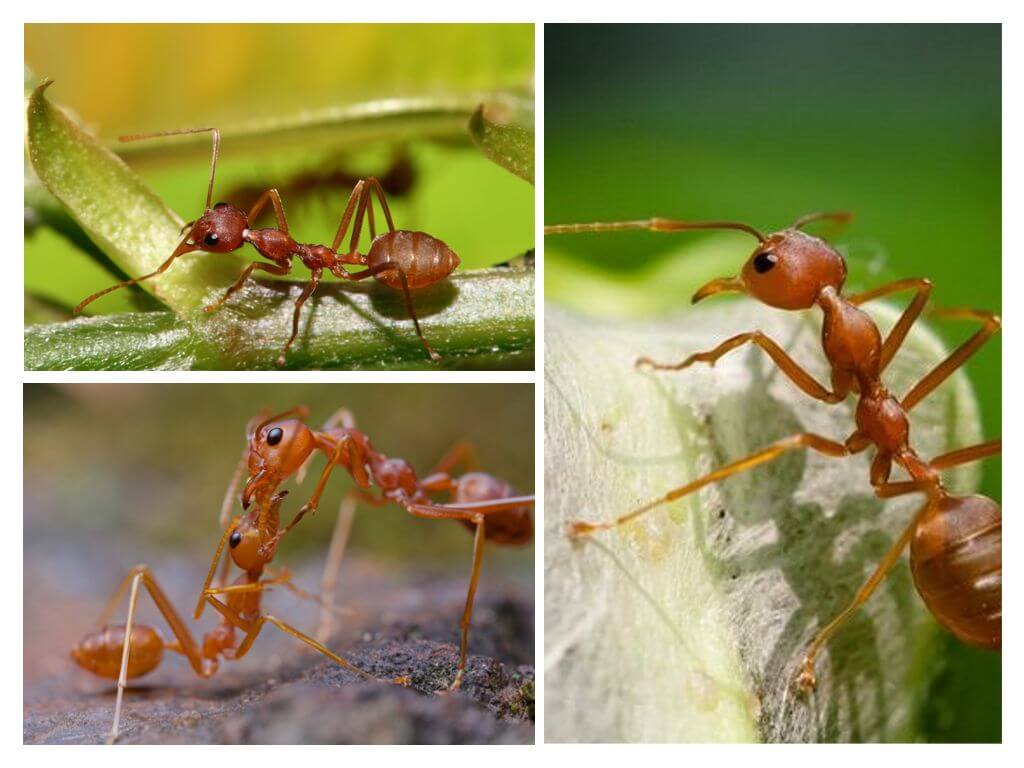
Desert insects use paws to measure distance. They remember the number of steps after each change in the angle of movement. The way back is done, taking into account the correction in the direction, leaving the number of steps unchanged.
Weaver ants with their legs and chewing apparatus build nests from leaves. Some paws press the edges of the leaves to each other, while other insects fasten them with a special substance that is secreted by larvae. Such anthill, in limbo, very convenient for living a whole colony.
Interesting!
The speed of movement on their paws of ants from the phaeton family can reach 4 km / h. They live in the extreme deserts of Asia, Africa and America, withstand temperatures up to + 50 ° C and are considered the fastest running insects in the world, because they stay in the sun for more than the prescribed time, they burn their paws and simply die.
Australian bulldog ants they easily cross a distance of 15 cm using their legs, and also jump up to 50 cm in length, using not jaws, but jaws, which repel them from the ground.
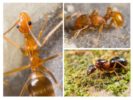
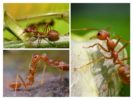

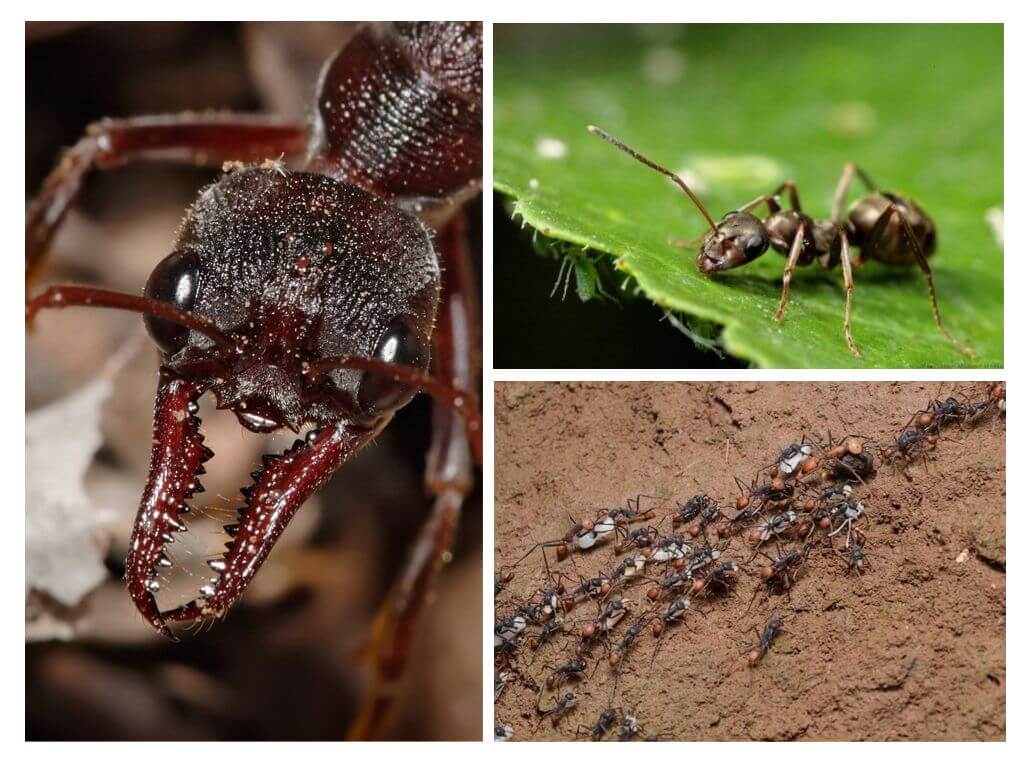
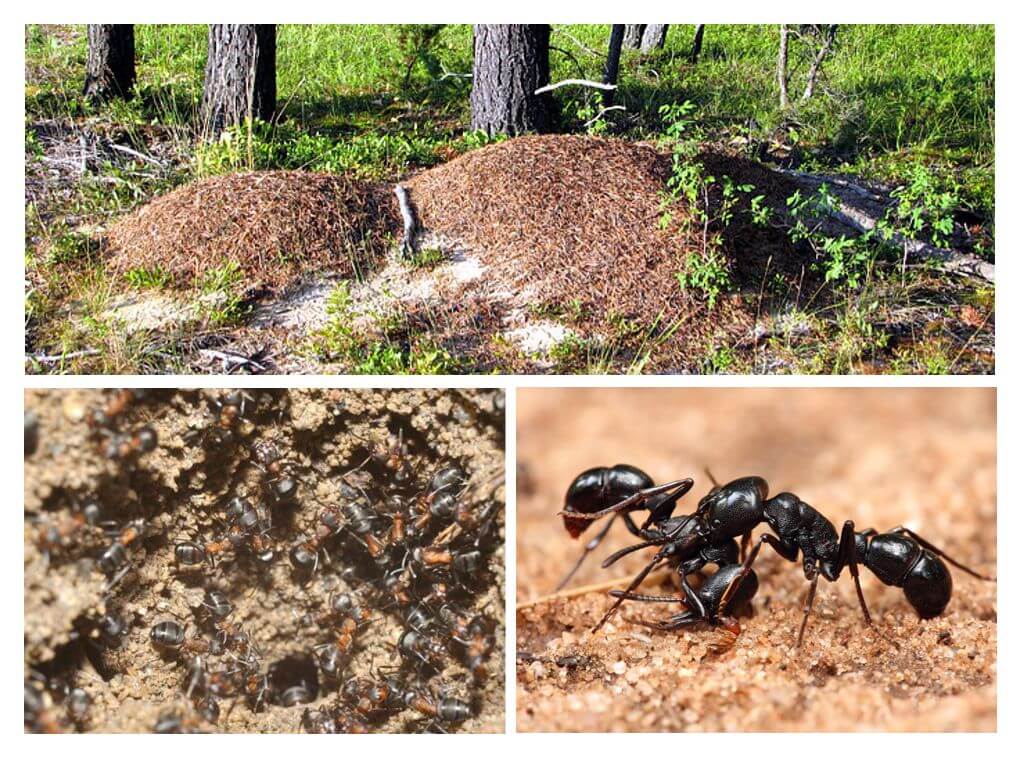
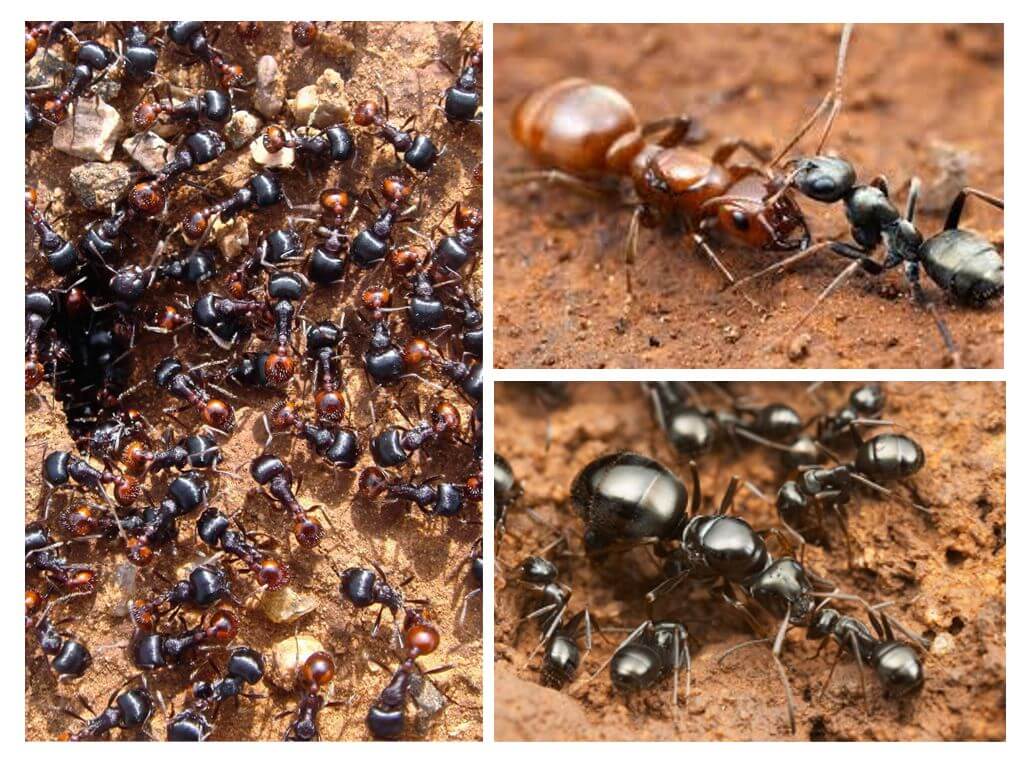
I never thought that ants carry such an amount of cargo on their small legs. I wish a person had so much strength.
The article also says that the ratio of muscles to the body in a person is less than that of an ant, so a person is weaker.
If a person had the same muscle-to-body ratio as an ant, he would look like an atlas.
Oh, don’t be like an atlas! May we be as we are.
But the ant speed of running and jumping can be envied. A man would not hurt.